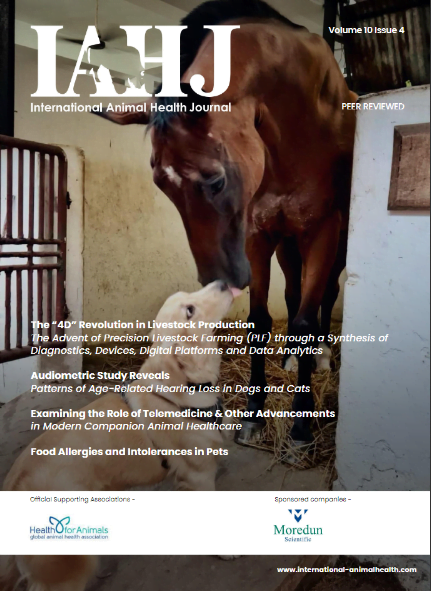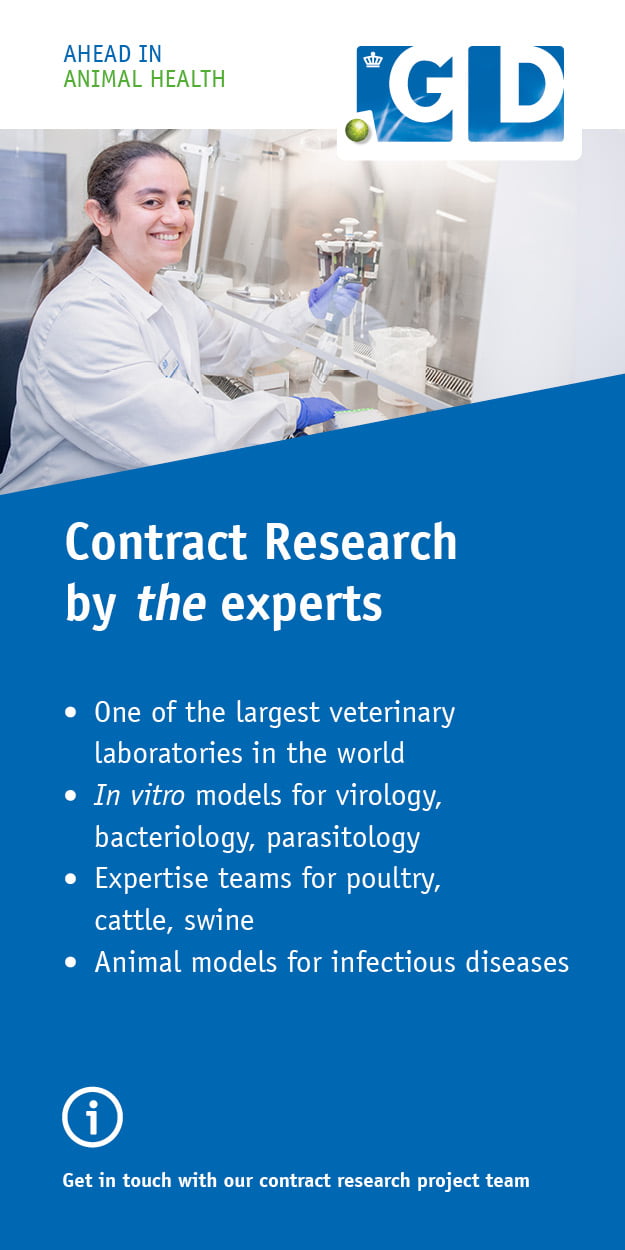
The Indian government is increasingly adopting initiatives to help the country capitalize on its wealth of animal health capabilities, according to one expert.
Vijay Teng, executive vice president at Intas Animal Health, believes the country’s authorities have now realized supporting animal health “is an easy way to reach the bottom of the pyramid of the economy.”
In a country where some of its most economically weak people work in the animal husbandry, the agriculture and livestock industries play an important role in gross domestic product (GDP). India’s agricultural sector (17%) represents a greater percentage of the country’s overall GDP than China (10%) and Brazil (5%) – two of the world’s other largest developing economies.
Specifically, Mr Teng said the animal health sector represents around 26% of India’s agricultural GDP and 4% of the overall national GDP.
India’s government has apportioned $2 billion to supporting animal health as part of its 12th five-year plan (2012-2017). Of this, around 51% applies to improving animal husbandry, 33% is aimed at dairy development and 16% is related to the fisheries industry.
Mr Teng said the government is also fueling aggressive livestock breeding policies, promoting public-private partnerships and focusing investment on animal health infrastructure.
He outlined a range of additional government strategies to boost the country’s animal health status to the first Animal Health Investment Asia Forum in Hong Kong.
The National Livestock Mission began in 2014 to ensure quantitative and qualitative improvement in livestock production systems and capacity building of all stakeholders. So far, it has funneled $430m towards achieving its goals.
Additionally, the National Animal Health and Disease Control Program has attributed $479m to combatting foot and mouth disease, brucellosis, classical swine fever, avian influenza and peste des petits ruminants — all pertinent problems in India.
“Animal health is an integral part of rural development,” Mr Teng stated, noting the large amount of veterinary hospitals, polyclinics, dispensaries, aid centers, research institutes, universities and state diagnostic laboratories in India.
He added: “20.5 million people are engaged in the animal health sector in India. The livestock sector provides employment for about 8.8% of the Indian population. The country is seeing a shift from a complementary source of income to full-time engagement.”
High CAGR to continue
Statistics prove India’s potential as not only a nation of high-quality food production but also a revenue-generator for animal health businesses. Mr Teng said the country is the highest annual milk producer (more than US and China combined) and the largest milk consumer. India also has the largest bovine population in the world (300 million head).
The country’s meat and egg production also ranks highly, with aquaculture “experiencing a boom” over the last five years.
“The Indian pet market is still small,” Mr Teng said. “But India is the highest growing country in terms of dog population. On average, 600,000 pets are adopted every year. It is the fastest-growing pet market in the world.”
The overall Indian animal health industry has a compound annual growth rate of 11% from 2013-2016. Around 50% of annual revenues are derived from cattle products, with 40% coming from the poultry sector. Feed supplements are the biggest product sellers (40%) with hormones and biologicals only representing 5% of annual revenues.
Mr Teng said the high growth rates being experienced by the Indian animal health space are set to continue due to an increasing demand for food, a buoyant domestic economy, urbanization and increased governmental support.
He noted the major challenges for the Indian animal health sector that should also stimulate future growth: effective control of diseases; a shortage of feed; and a demand for breeding improvement.
Source: https://www.agra-net.com











